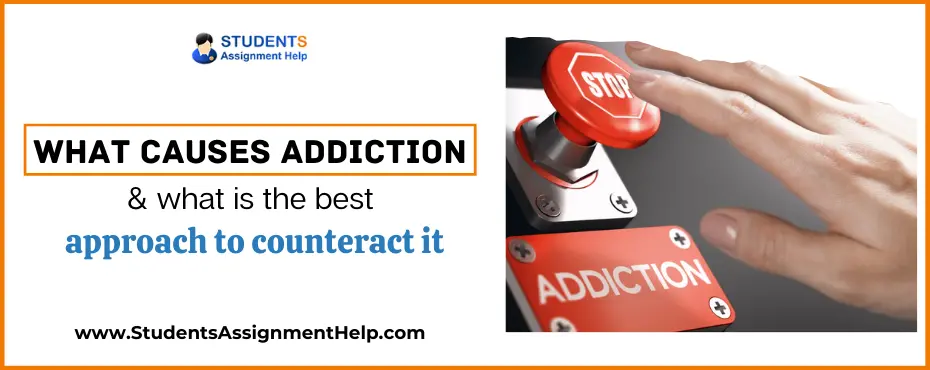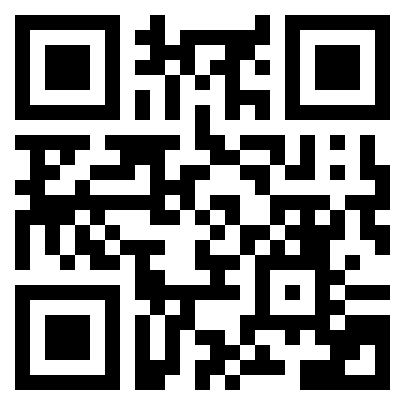What causes addiction, and what is the best approach to counteract it

Introduction
Approximately 32,696 Australians aged over 15 years and older died from injuries related to alcohol and diseases that are caused by risky or high-risk drinking from the year 2005-2012. This statistics is just the small part of overall Australian drug use statistics (World drug statistics, 2012). Addiction is surely a curse to the human society and it results when a person ingests a particular substance like alcohol, nicotine, cocaine, etc. which is pleasurable to such an extent that it actually hijacks the brain with the end result of high interference with even ordinary responsibilities of life. Drug use causes various harms ranging from medical harms, such as infections, neurotoxicity, fetal exposure, etc., to social harms such as poorer educational attainment, and drifting into poverty. It is vicious circle as the criminal justice system also drives the addicted person into disorder and poverty. Science and other related fields are striving to understand the causes of addiction and working on ways to make people overcome such compulsive interference done by drugs. It becomes vital to understand the causes of addiction and how to overcome the habit so as to make the world a better place to live (Verster, Brady, Galanter & Conrod, 2012).
Causes of addiction
Most people think that addiction is social problem and if any drug addict is willing to bring upon change in his own behavior, he or she should just stop taking drugs. They link this habit with moral weakness of the drug abuser. However, what is usually underestimated is that drug addiction is very complex in nature. It has a huge impact on brain that makes it very difficult to stop the addiction just on the basis of willpower. Addiction to drugs is a brain disease and only an understanding of its causes can actually help in reaching upon the ways to overcome the addiction (Verster et al, 2012).
Drugs are chemicals that interfere with the communication system of brain and disrupt the manner in which nerve cells perform their functions in a normal manner. It either imitates the natural chemical messengers of the brain or lead to overstimulation of the reward circuit of the brain. Drugs, such as marijuana and heroin have a similar structure to neurotransmitters of the brain that are chemical messengers in the brain. Because of the similarity between these messengers, these drugs become able to fool the natural chemical receptors of the brain and subsequently activate the nerve cells to send abnormal messages to the brain (Lyman, 2013).
Another cause of addiction to drug is simple curiosity and need to escape from reality in young people. It is no denying fact that everyone sees drugs in movies and TV every day. Many young people encounter these drugs when they are in school or see this in their neighbourhoods. They want to try the substance, which they have heard that it is a fun activity and thus want to experience how it really feels. Another social cause of addiction is the tendency to escape from reality. If young people are not happy with their life for whatsoever reason, they find drug addiction to be a very good way to escape the unhappy reality they are facing. With the effect of drugs, they can feel happier, more beautiful, more important and a little smarter. It is identified that with chronic exposure to drugs, the brain brings adaptation and changes in its original state, thus resulting in effects of withdrawal and tolerance (Lyman, 2013).
Overcoming the addiction
As mentioned above, addiction is a complex phenomenon and overcoming it is not easy because it significantly affects the functioning of brain. But, medical science has made many advancements that make it possible for people with addiction to overcome their compulsive addiction problem. Getting out of the grip of addiction whether it is from drug, alcohol or nicotine is necessary. The problem is seen from various models such as the medical model, autonomy model, psychiatric model and behavioral model. Depending on the type of model that is preferred, the treatment include a vast range of working factors, such as use of pharmaceuticals, emphasis on medical detoxification, counseling at the individual, family or group level along with suggestions of residential rehabilitation. Overcoming addiction can also include various modalities of modification in the behavior of the individual (Vasilyav, 2010).
It is usually mentioned that the most effective treatment is wither self help, support from peers or both as most of the professionals related to mental health treatment are ill prepared to help the drug abuser or alcoholic person to attain the required levels of recovery. Narconn, a well-known drug and alcohol detoxification program has been challenged widely in regards to claim of its success rate of 76%. However, it cannot be applied to all the treatments available for overcoming addiction (Lyman, 2013). Cognitive approaches are used in behavioral therapies, such as notions of self-efficacy, mediation and emphasis on mindfulness. They all are part of the treatment by health care professionals for the task of recovery from addiction in people. The element of cognitive behavioral therapy is used in the treatment to treat depression, anxiety and phobia (Verster et al, 2012). According to National Survey on Drug use and Health (NSDUH), 2.4 million people received treatment for addiction at specialty facilities in 2007, such as rehab centers and hospitals in the US where there are large number of cases of addiction (DrugFacts: Treatment Approaches for Drug Addiction, 2009).
Conclusion
Addiction is a very serious problem that the world faces today. There are increasing numbers of cases of addiction in various parts of the world. It is essential to understand the underlying biological and social causes for addiction so that the treatment can be done in an effective manner. Today, the treatment for addiction includes wide application of medical, behavioral and psychological therapies with the help of which people can get rid of their problem of addiction. Thus, it can be reinstated that overcoming addiction is possible with the help of support of various programs.
References
DrugFacts: Treatment Approaches for Drug Addiction. (2009). Retrieved January 25, 2014, from http://www.drugabuse.gov/publications/drugfacts/treatment-approaches-drug-addiction
Lyman, M.D. (2013). Drugs in Society: Causes, Concepts, and Control. Newnes
Vasilyav, P. (2010). Constructing the Social Problem: Causes of Drug Addiction in Early Soviet Medical Texts. GRIN Verlag.
Verster, J.C., Brady, K., Galanter, M. & Conrod, P. (2012). Drug Abuse and Addiction in Medical Illness: Causes, Consequences and Treatment. Springer.
World drug statistics. (2012). Retrieved January 25, 2014, from http://www.druginfo.adf.org.au/topics/quick-statistics

